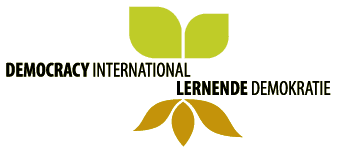In re-designing, the goal is to illustrate the planned adjustments to your process in a temporal and dramaturgical progression. Once again, we use the image of the flight curve, which you are already familiar with from Phase 1, “Boarding.” You can imagine your project as an airplane – perhaps even envision it as an environmentally and climate-friendly aircraft. First, the passengers (team, partners, etc.) need to board and the airplane gathers momentum (boarding), then it takes off (take-off), reaches its cruising altitude, and finally arrives at its destination (transfer). The flight curve is a helpful visualization of projects: no project simply wants to move from one point to another but also aims to achieve, inspire, or improve something along the way – this is represented by the ascent. To clarify the process and sequence of your project using the Re-Designing Canvas, you should ask yourself what needs to happen both in advance and at the beginning (boarding) to gain momentum. All three phases are important, but the take-off is the critical section where your project gains altitude. This phase is particularly sensitive, and you should avoid crashing, for instance, by overdoing things with excessive zeal or losing momentum. During the transfer phase, note how a successful conclusion and transition into the next phase of the project could look. This ensures that what you aim to achieve has a lasting impact, continues to grow, and thrives.
On the right-hand side of the canvas, you will find key aspects of good project design – apart from leverage points, these were already explained in Phase 1.
Purpose: Why are you doing all this? Example: The neighborhood project aims to create a sustainable, green neighborhood in the long term.
Goal: What do you want to achieve specifically? Example: You want the neighbors to engage in conversations about sustainability and, by the end of the event, reach a consensus on what to tackle and how to start effectively.
Approach: How do you want to proceed? Example: You want to create an open neighborhood process that doesn’t give the impression that only certain opinions are welcome. At the same time, you want to establish a shared goal for the neighborhood.
Leverage: What will you primarily focus on to ensure success? Example: Sustainability should be experienced as something positive, sociable, and joyful. The entire initiative should reflect this joy and be self-sustaining.
You can find the German Canvas here.
You can find the English Canvas here.
You can find the Spanish Canvas here.

